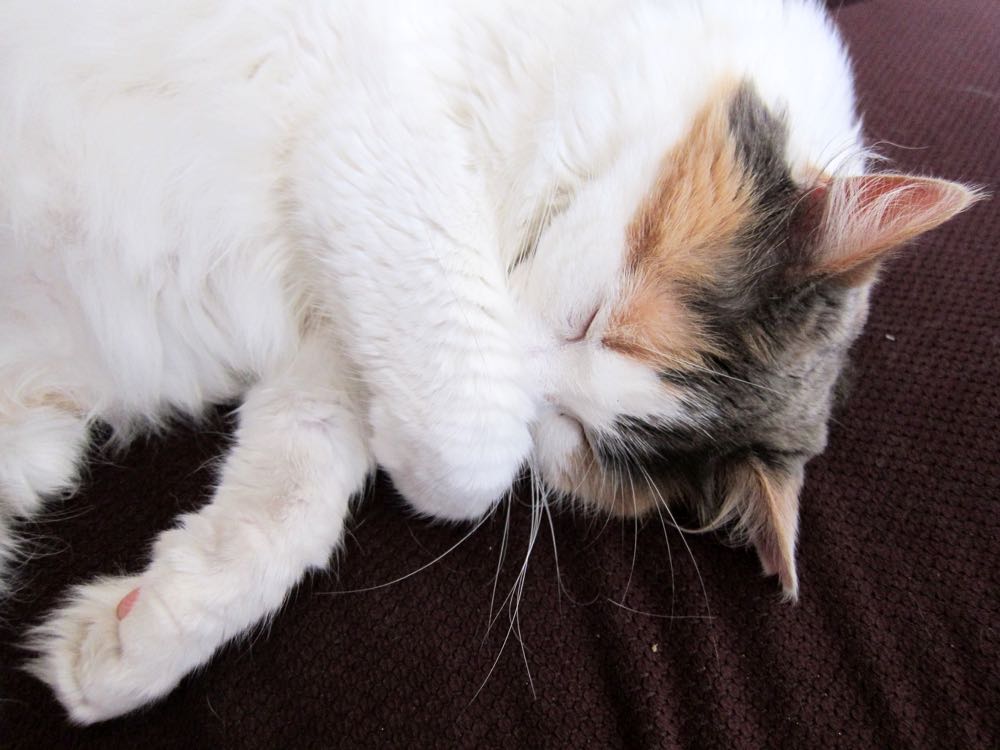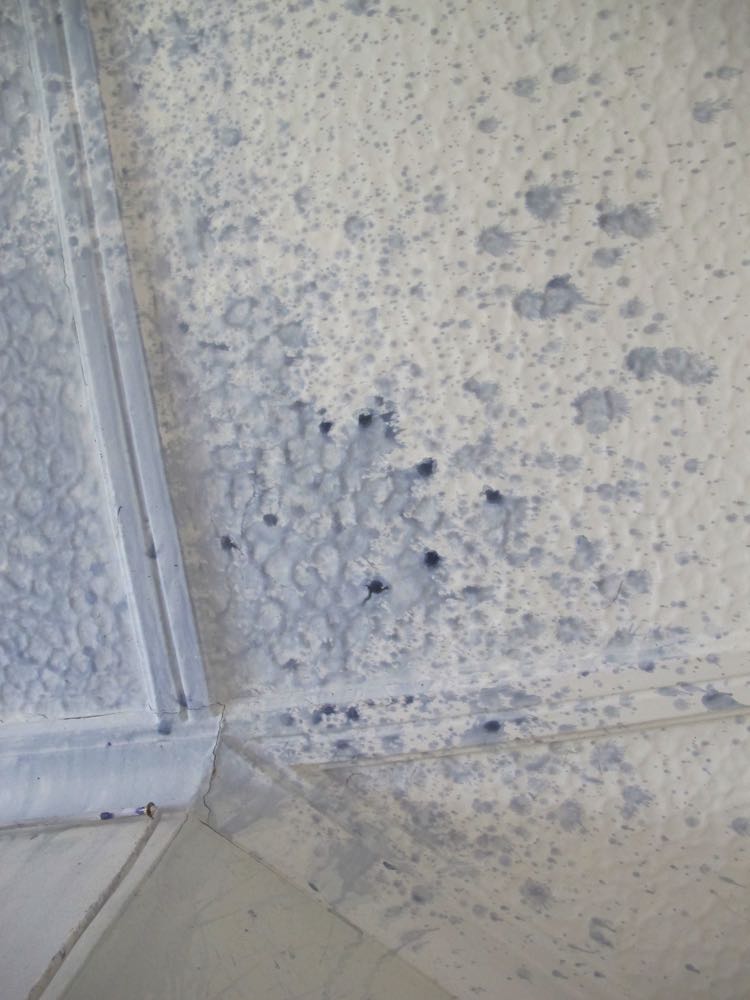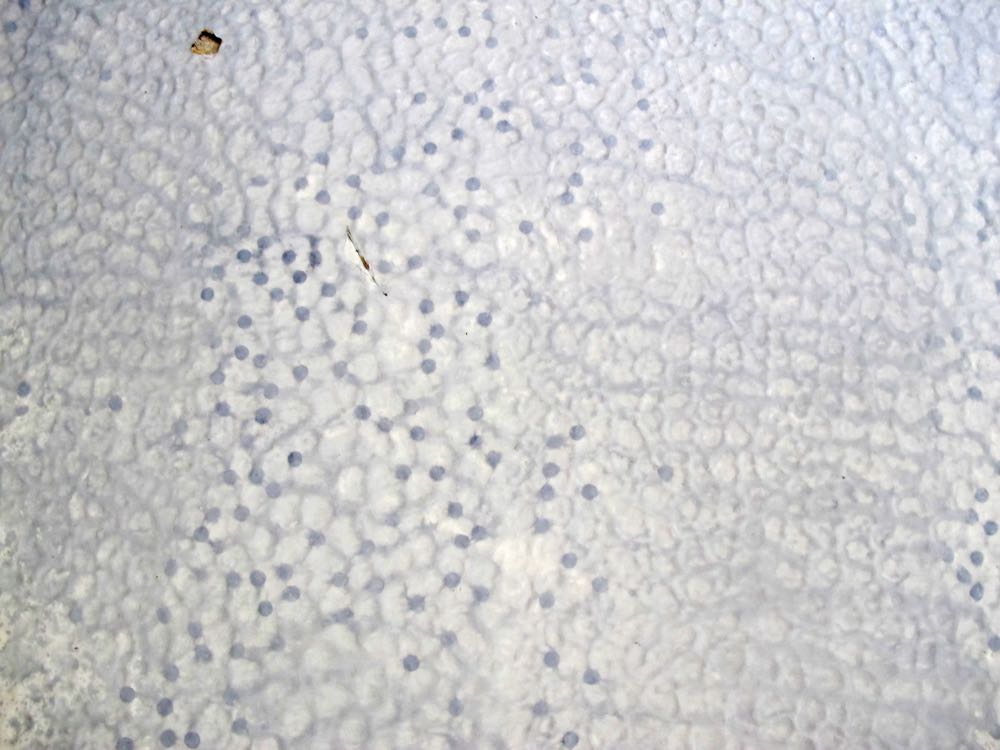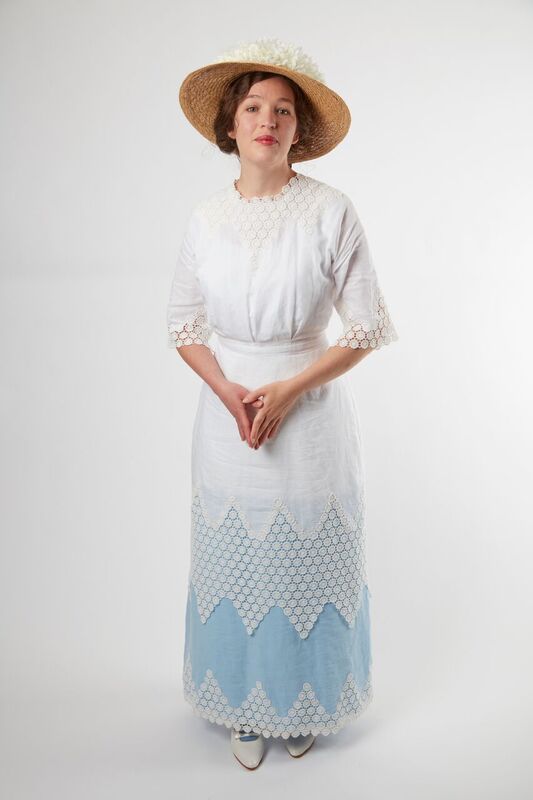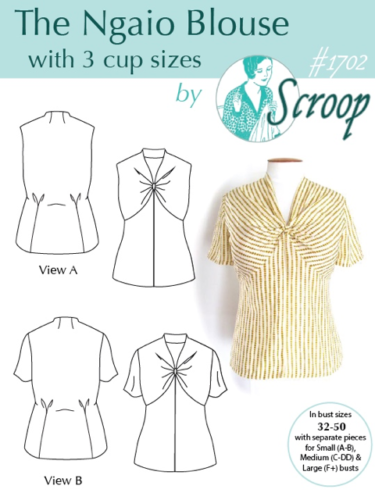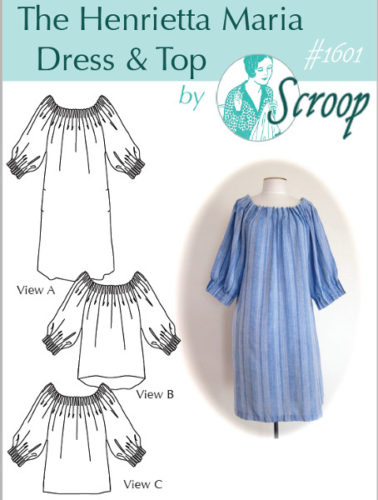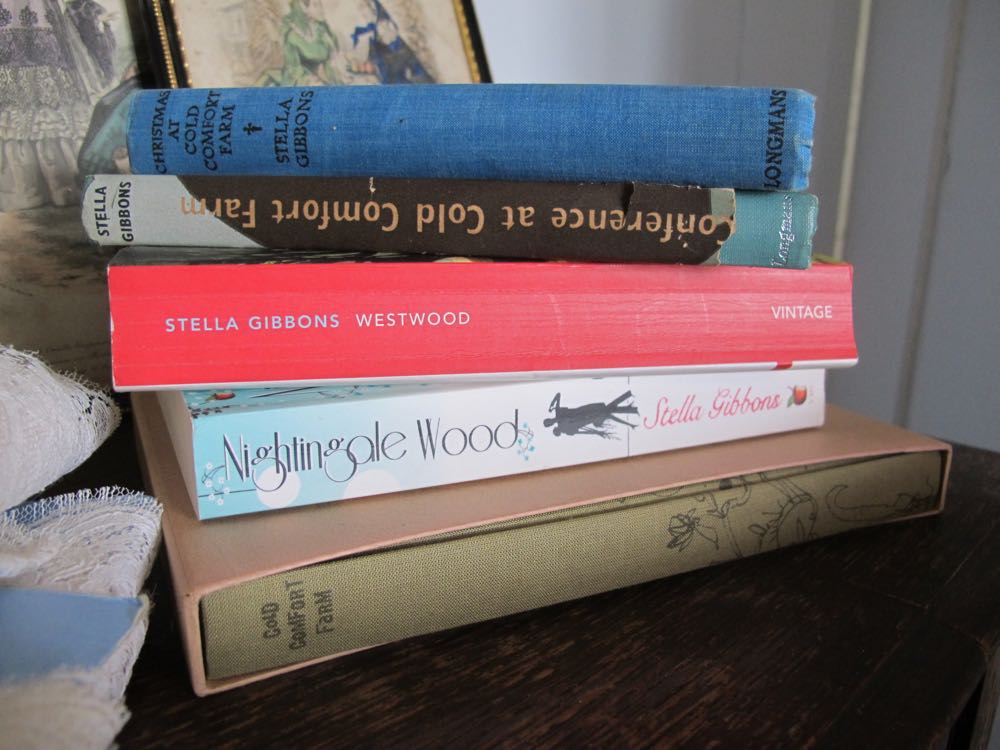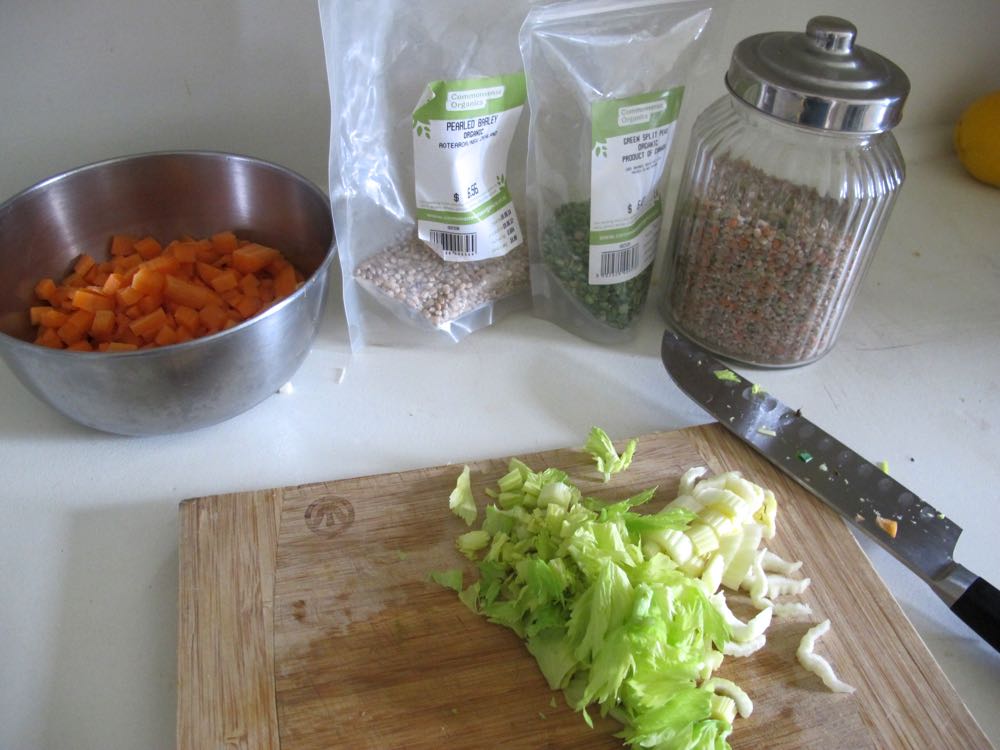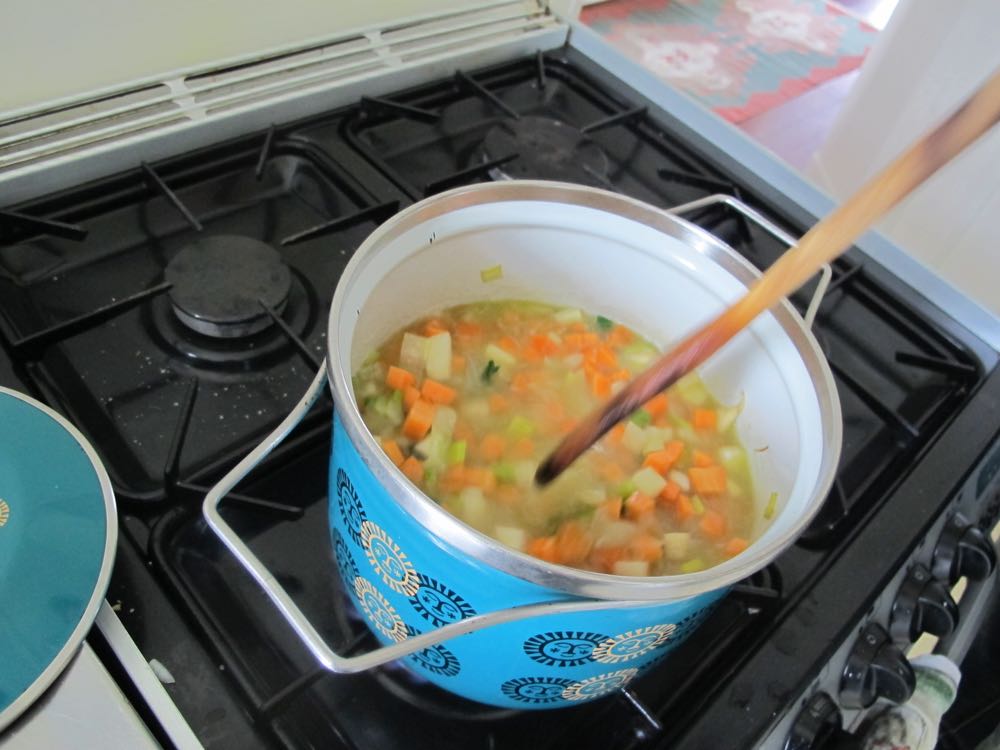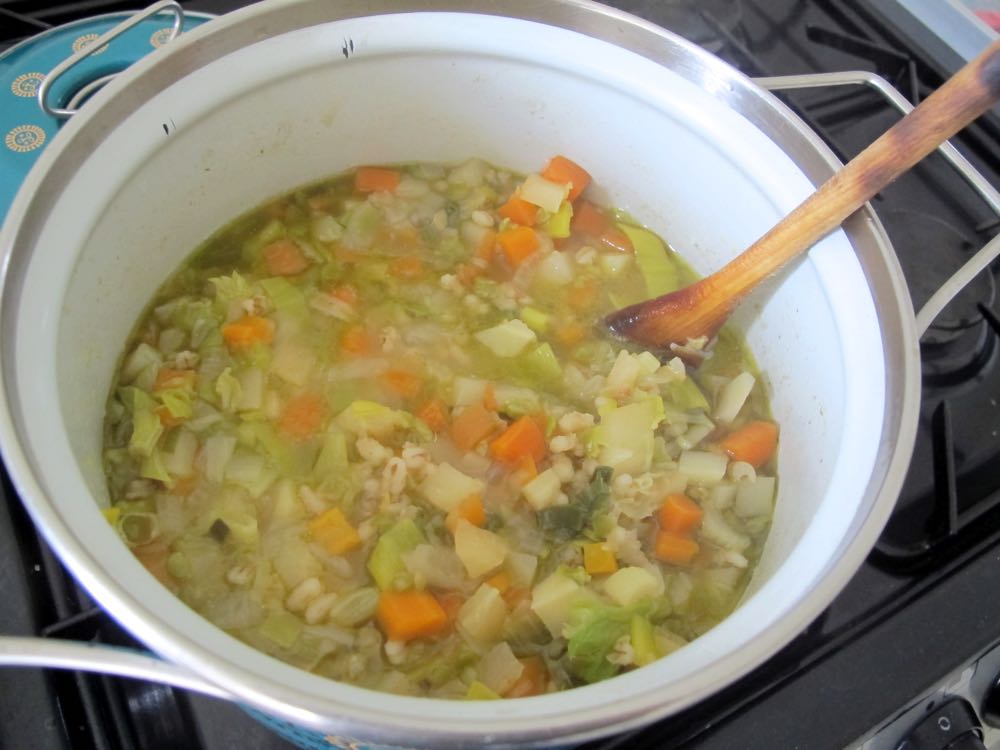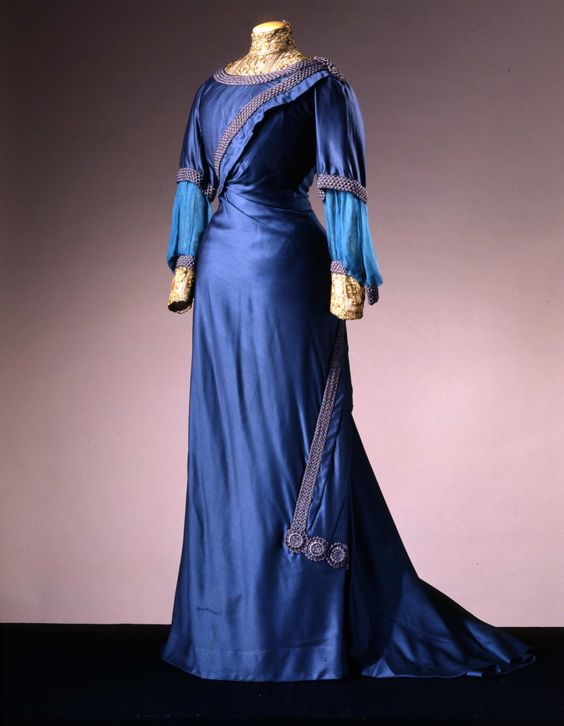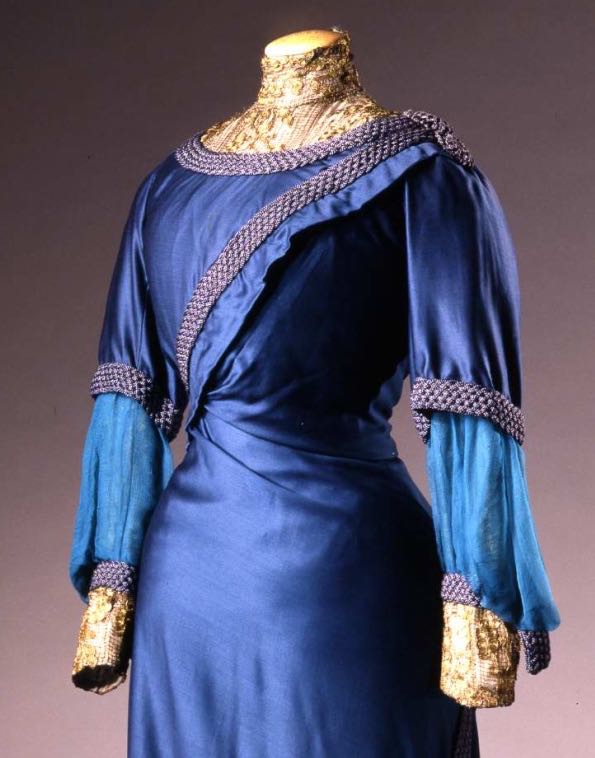Last week’s vivid blue 1909ish Grecian inspiration frock did extremely well, but not quite as well as the green velvet 1710s number from the week before. Too many of you didn’t love the trim (too heavy), or the fashion-forward tulle undersleeves (too quirky) or the pale guimpe and sleeves (which were pale because most guimpes and matching sleeves reference the idea of white chemises/undergarments peeking out and framing a coloured garment). So, with a few points lost for details, the dress came in at a still extremely respectable 8.7 out of 10.
It’s a lovely sunny (if chilly) day in Wellington today, and those of you in the Northern Hemisphere are in the middle of summer, so I thought a light, airy, sunshiny rate-the-dress was just the thing. And yellow is such a nice balance to blue, so perhaps this will do just as well as last week’s dress!
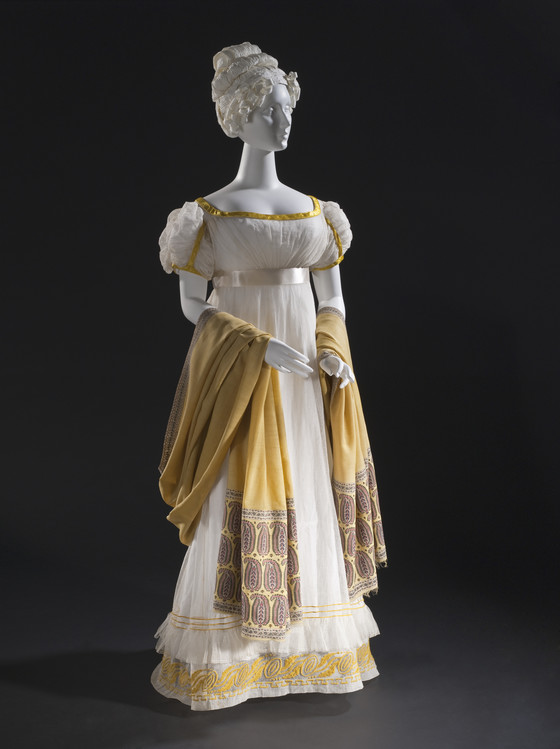
Woman’s Dress, France, circa 1820, Cotton gauze and cotton bobbin net with wool embroidery and silk satin trim, LACMA, M.2007.211.18

Woman’s Dress, France, circa 1820, Cotton gauze and cotton bobbin net with wool embroidery and silk satin trim, LACMA, M.2007.211.18
This frothy, airy concoction of a dress makes full use of John Heathcoates Old Loughborough machine for making cotton bobbin net, which he patented in 1809. The machine, based on the way traditional lace makers made lace by hand, allowed net to be produced significantly faster, making it significantly cheaper.
The machine made net could then be paired with early machine laces (which is probably what is happening at the edge of the upper ruffle), or embroidered or otherwise decorated by hand, as seen in the yellow wood embroidery around the hem of the dress:

Woman’s Dress, France, circa 1820, Cotton gauze and cotton bobbin net with wool embroidery and silk satin trim, LACMA, M.2007.211.18
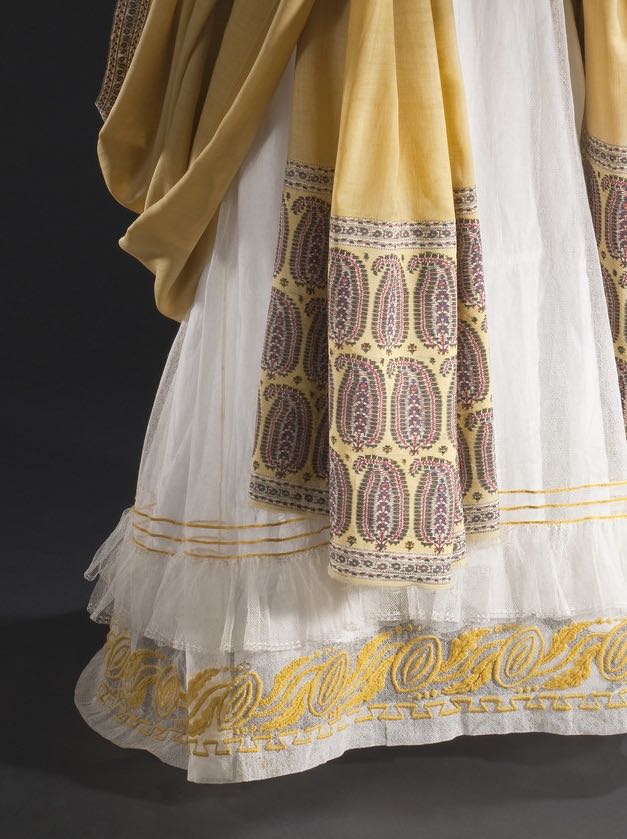
Woman’s Dress, France, circa 1820, Cotton gauze and cotton bobbin net with wool embroidery and silk satin trim, LACMA, M.2007.211.18
The wool embroidery ties back to the yellow of the bodice, anchors the dress to the floor, and helps to bring in a bit of fashionable neoclassical allusions, in the form of Greek key motifs.
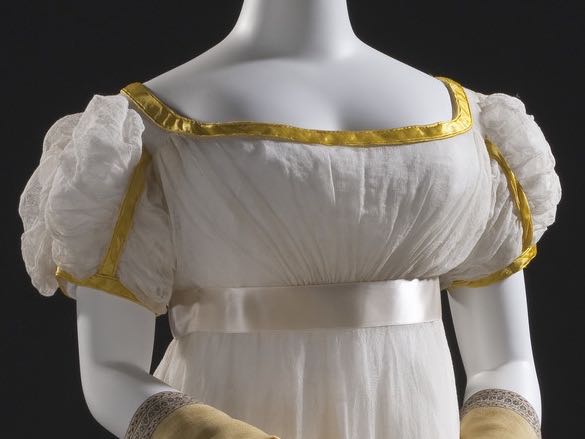
Woman’s Dress, France, circa 1820, Cotton gauze and cotton bobbin net with wool embroidery and silk satin trim, LACMA, M.2007.211.18
Not uncommonly for 1810s-20s fashion, the dress mixes a number of historical allusions: neoclassical and neo-gothic imagery in the wool embroidery, and Renaissance inspired puffs on the sleeves.
LACMA has added to the aesthetic mix even further by pairing the dress with a yellow kashmiri shawl with paisley/boteh motifs. The shawl, while a beautiful example of its kind, would have been at the very tail end of fashionability as an accessory for evening dress in 1820. The increasing production of kashmiri-inspired shawls in Europe (including at Paisley in Scotland, giving the motif the name it is now most commonly known by in the West), and the adaption of the Jacquard loom for the production of kashmiri-inspired shawls in 1818, had lowered the cachet of the shawls. By 1820, they are almost exclusively shown with daywear in fashion plates.

Woman’s Dress, France, circa 1820, Cotton gauze and cotton bobbin net with wool embroidery and silk satin trim, LACMA, M.2007.211.18
So, what do you think of this sheer, summery, with a concession to chilly evenings, Rate the Dress? The satin sash is almost certainly a later addition by the museum to replace a lost original, so please do not deduct points for that – though you’re welcome to speculate on what might have been there originally to make the dress perfect.
Rate the Dress on a Scale of 1 to 10

